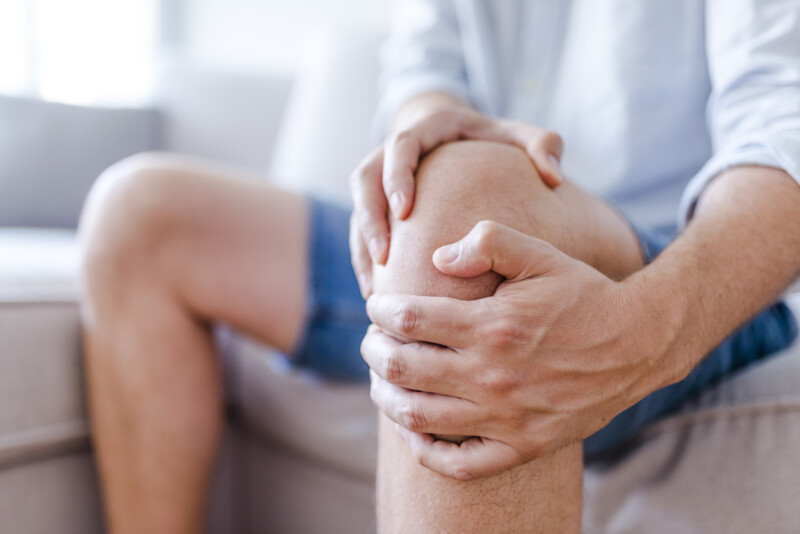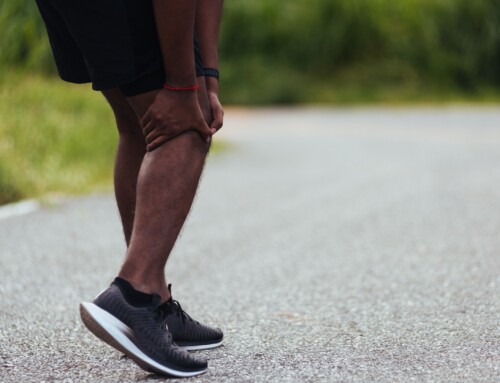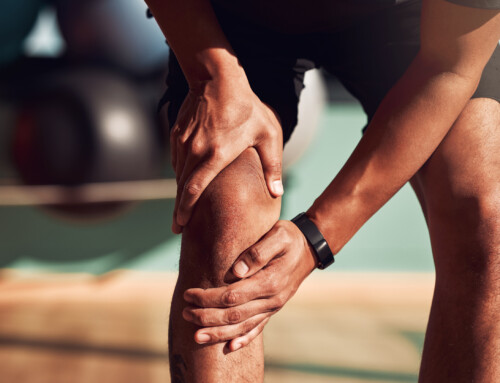by Gina Ellis
Recurrent patellar instability (RPI) can occur up to 50% of the time following a primary patellar dislocation (PPD), the onset can be insidious or following an injury to the affected knee, when the patella is dislocated/subluxated. Dislocation typically occurs in the lateral direction. PPD and RPI is multifactorial, potential risk factors include hypoplastic patella, shallow trochlear groove, abnormal positioning, muscle imbalance, ligamentous laxity or malalignment, race (Caucasian and Black), and prior episodes of dislocation/subluxation. Patellar stability is defined by the structural (muscles of the knee, thigh, and leg, and the ligaments of the knee) and functional components of the knee (stability and the control of complex joint movements). These factors directly impact your ability to complete a daily routine, and perform directional changes with walking, running. Imaging can play a vital role in your decision making and the management of patellar instability, clinical diagnosis relies on an initial evaluation, and an understanding of your history and of the primary incident leading to dislocation/subluxation.
- Direct contact—object or body that directly contacts the medial patella and laterally displaces it.
- Indirect contact—structural alignment, abnormal biomechanics, or a combination of both factors increasing the lateral nature of the patella and increasing the risk of subluxation/dislocation.
- Medical management for PPD and RPI can include conservative physical therapy, or surgical intervention.
- Recurrence rates for re-dislocation and recurrent instability for patients following PPD are 52% and 50% respectively. For pediatric populations aged 11-14 the re-dislocation rate is 60%. However, this risk declines with age, and patients aged 15-18 are at a 33% risk of re-dislocation.
There may be no differences in outcomes for conservative versus surgical intervention. Patellar dislocation/subluxation is most likely to occur during early knee flexion, with external rotation of the tibia, and with contraction of the quadriceps muscles. The decision to pursue conservative or surgical intervention is yours. It is our job as physical therapists to provide the best standard of care through your journey and at each stage of your rehabilitation process.
References
1. Dutton M. Dutton’s Orthopaedic Examination, Evaluation, And Intervention.; 1008.
2. Anderson J. Conservative Management Of Lateral Patellar Dislocations And Instability. Cincinnati Childrens Hospital Medical Center; 2014:1-30. https://mail.google.com/mail/u/0/#search/linebw%40sage.edu?projector=1. Accessed March 15, 2022.
3. Jibri Z, Jamieson P, Rakhra KS, Sampaio ML, Dervin G. Patellar maltracking: an update on the diagnosis and treatment strategies. Insights Imaging. 2019;10(1):65. Published 2019 Jun 14. doi:10.1186/s13244-019-0755-1
4. Rahman U, Gemperle-Mannion E, Qureshi A. et al. The feasibility of a randomised control trial to assess physiotherapy against surgery for recurrent patellar instability. Pilot Feasibility Stud 6, 94 (2020). https://doi.org/10.1186/s40814-020-00635-9
5. Tompkins M, Rohr S, Agel J, Arendt E. Anatomic patellar instability risk factors in primary lateral patellar dislocations do not predict injury patterns: an MRI-based study. Knee Surgery, Sports Traumatology, Arthroscopy. 2017;26(3):677-684. doi:10.1007/s00167-017-4464-3
6. Weber AE, Nathani A, Dines JS, et al. An Algorithmic Approach to the Management of Recurrent Lateral Patellar Dislocation [published correction appears in J Bone Joint Surg Am. 2016 Jun 15;98(12):e54]. J Bone Joint Surg Am. 2016;98(5):417-427. doi:10.2106/JBJS.O.00354
7. Moiz M, Smith N, Smith TO, Chawla A, Thompson P, Metcalfe A. Clinical outcomes after the nonoperative management of lateral patellar dislocations: A systematic review. Orthopaedic Journal of Sports Medicine. 2018;6(6):232596711876627. doi:10.1177/2325967118766275
8. Dewan V, Webb MSL, Prakash D, Malik A, Gella S, Kipps C. When does the patella dislocate? A systematic review of Biomechanical & Kinematic Studies. Journal of Orthopaedics. 2020;20:70-77. doi:10.1016/j.jor.2019.11.018
9. Laidlaw MS, Diduch DR. Current Concepts in the Management of Patellar Instability. Indian J Orthop. 2017;51(5):493-504. doi:10.4103/ortho.IJOrtho_164_17






